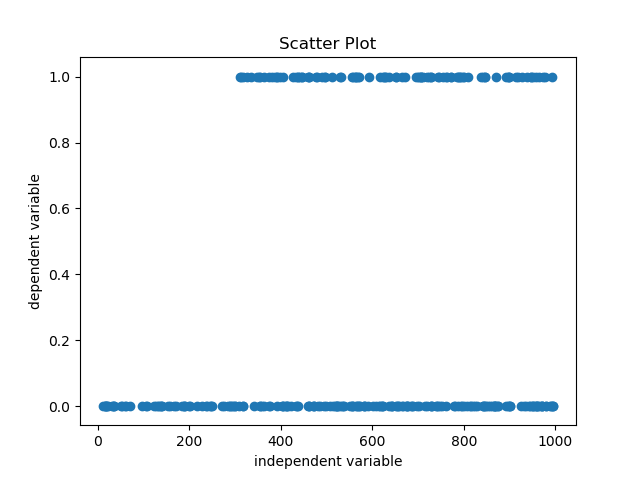

For a binary response variable, Y, taking values 0 or 1, and a continuous independent variable. Now we want the educational levels (6 and 7) first, than gender (1), followed by dependency (2-4)and finally the Barthel-Index (5). Plot empirical log-odds for logistic regression. codes: 0 '***' 0.001 '**' 0.01 '*' 0.05 '.' 0.1 ' ' 1 #> #> (Dispersion parameter for binomial family taken to be 1) #> #> Null deviance: 1122.16 on 814 degrees of freedom #> Residual deviance: 939.77 on 807 degrees of freedom #> (93 observations deleted due to missingness) #> AIC: 955.77 #> #> Number of Fisher Scoring iterations: 4

Recall that the logit function is logit (p) log (p/ (1-p)), where p is the. There is a linear relationship between the logit of the outcome and each predictor variables. , family = binomial(link = "logit"), data = df) #> #> Deviance Residuals: #> Min 1Q Median 3Q Max #> -2.2654 -0.9275 0.4610 0.9464 2.0215 #> #> Coefficients: #> Estimate Std. fit glm(vs hp, datamtcars, familybinomial) newdat <- ame(hpseq(min(mtcarshp), max(mtcarshp),len100)) newdatvs.how to Plot the results of a logistic regression model using. In the bottom left plot, we see that the predicted probability of volunteering increases as neuroticism increases given that one has an extraversion score. Within each of the four plots, the values of neuroticism vary along the x-axis. The bottom right plot has extraversion set to 5, and so forth. Summary(m1) #> #> Call: #> glm(formula = y ~. The bottom left plot has extraversion set to 0.


 0 kommentar(er)
0 kommentar(er)
